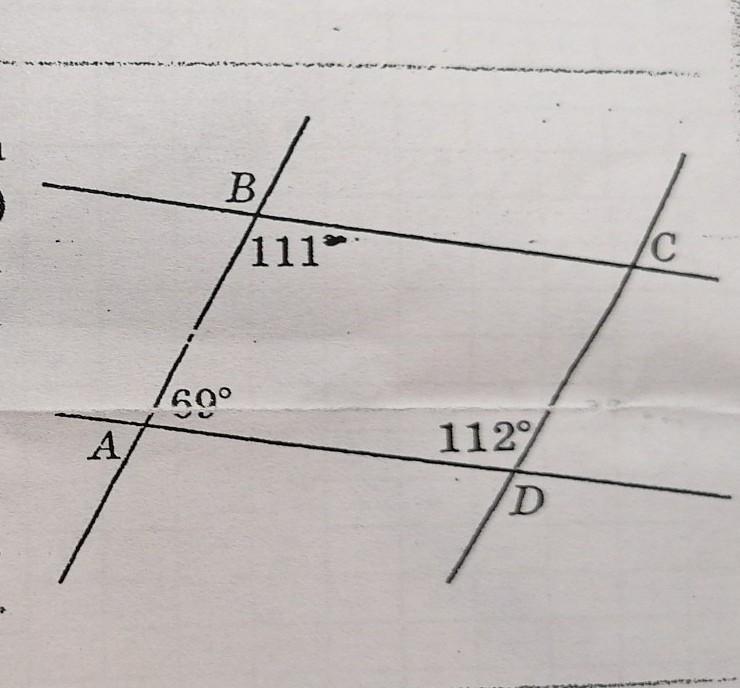Предмет: Геометрия,
автор: fufenski06
какие две прямые, изображенные на рисунке, параллельны? ( Ответ поясните)
Приложения:

Ответы
Автор ответа:
3
Ответ:
АD параллельно ВС
Объяснение:
ВС паралельна АD. Потому что 69+111=180°(потому что эти углы внутренние односторонние) и по признаку парал прямых ВС парал АD
Похожие вопросы
Предмет: Русский язык,
автор: ann15081978
Предмет: Английский язык,
автор: emilystrange
Предмет: Українська мова,
автор: λùζσηьkά
Предмет: Литература,
автор: YULIYA01300
Предмет: Математика,
автор: КакТакТоА